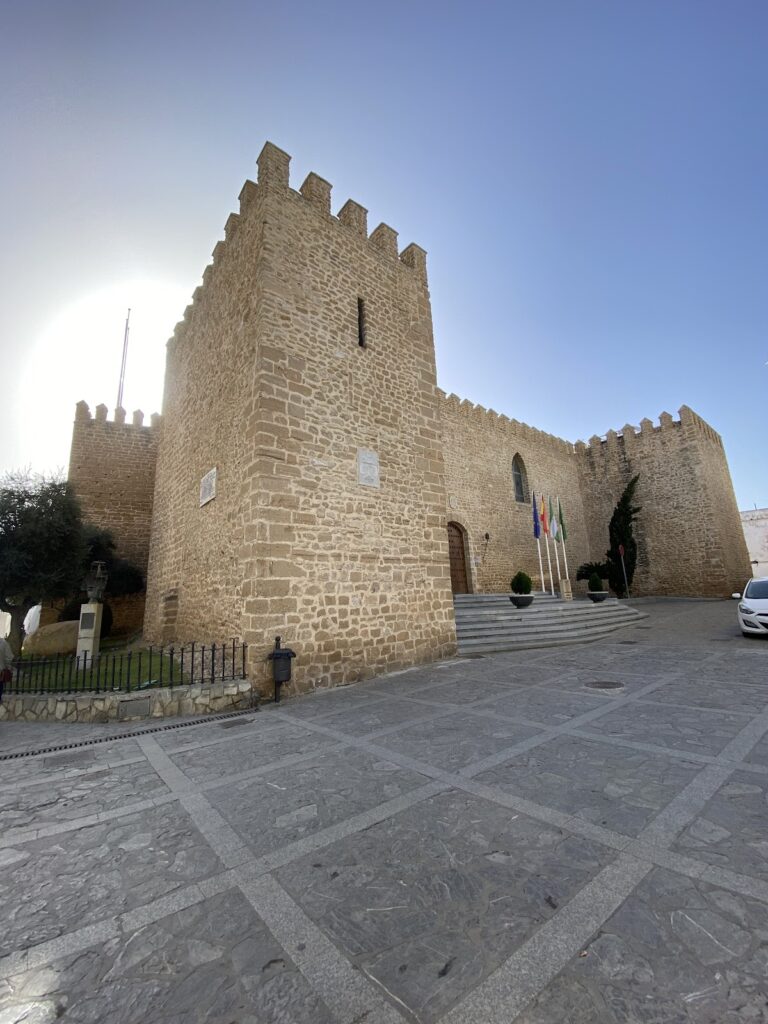Castillo de Trebujena: A Historic Fortress in Trebujena, Spain
Visitor Information
Google Rating: 4.2
Popularity: Very Low
Google Maps: View on Google Maps
Official Website: www.dipucadiz.es
Country: Spain
Civilization: Unclassified
Remains: Military
History
The Castillo de Trebujena is a fortress located in the municipality of Trebujena, Spain, originally constructed by the Arabic civilization during the transition from the 13th to the 14th century. Its initial purpose was defensive, aimed at protecting the local population from enemy incursions. The fortress’s design included a network of watchtowers that enabled communication across distances, providing early warnings and enhancing the region’s security.
In the centuries that followed, the castle underwent notable changes in ownership and function. One significant figure connected to the site was Alonso Pérez de Guzmán el Bueno, who lived between 1550 and 1615; he obtained the castle and is believed to have overseen reconstruction efforts. Over time, the fortress’s role shifted from purely military to more civilian uses. In the 17th century, it served as a water source, housing a well that provided potable water to the surrounding community. Later, it accommodated a marketplace known as Plaza de abastos, reflecting changing social and economic needs.
During the 19th and 20th centuries, the building was adapted for residential use, marking a departure from its earlier defensive and communal functions. The castle’s preservation gained formal attention in the mid-20th century when it was acquired by the local city council in 1966. Recognition of its cultural importance followed with its inclusion in the Inventory of Protection of European Cultural Heritage in 1968. Subsequently, the Spanish government declared it a Bien de Interés Cultural (BIC), a status conferring protection to cultural landmarks, with sources noting two different dates: 1983 according to Spanish records, and 1993 referenced in French and Hindi documentation.
In 2006, an archaeological and restoration project, directed by Diego Bejarano Gueimundez, sought to conserve the historic structure and adapt it for cultural use. Locally, the fortress is often called by names reflecting its history and location, such as Castillo de los Guzmanes and Castillo de Guzmán el Bueno, in honor of its notable owner, as well as Castillo del Altozano, taking its name from the plaza where it stands.
Remains
The Castillo de Trebujena presents a medieval layout defined by four surviving sections of fortified walls, known in Spanish as lienzos de muralla, which outline an internal space roughly 17 by 16 meters in size. These walls were constructed using ashlar masonry, a technique involving carefully cut and shaped stone blocks laid in even courses, which provided both strength and a neat appearance to the fortress’s enclosure.
One of the castle’s original watchtowers remains at the southwest corner, integrated into the current structure. This tower once played a critical defensive role, allowing guards to survey the surrounding lands and communicate with other watchpoints. Today, its remains stand as part of the preserved fortress, representing the site’s early military architecture.
The external walls of the castle are partially supported by an adjacent building, which has contributed to the consolidation of these sections over time. However, some segments remain exposed, particularly at rear courtyards of neighboring houses, where one complete fragment of the wall is still visible. These uncovered areas offer insight into the original defensive perimeter of the fortress.
Crowning the walls are crenellations, the notched battlements traditionally used for protection during combat while allowing defenders to shoot arrows or firearms. These were not original to the medieval construction but were added in the 1980s as decorative and symbolic elements to accentuate the fortress’s historic appearance. The castle occupies a city block bordered by several plazas—Federico García Lorca, Antonio Cañadas, and Altozano—as well as Antonio Machado street. Access is mainly through the Plaza del Altozano with a secondary entrance located on Antonio Machado street, situating the fortress firmly within the urban fabric.
Throughout its preserved form, the castle reflects the various phases of adaptation it has undergone, while maintaining key features that attest to its origins and enduring presence in Trebujena.










